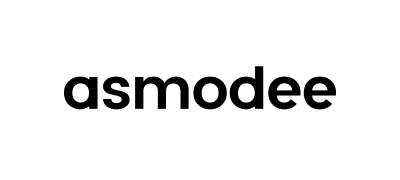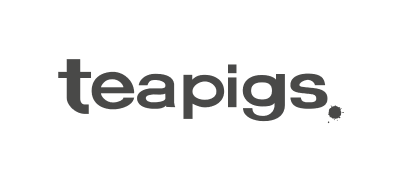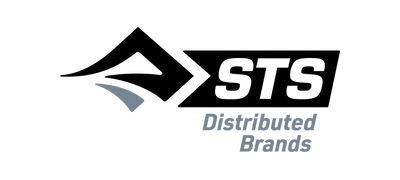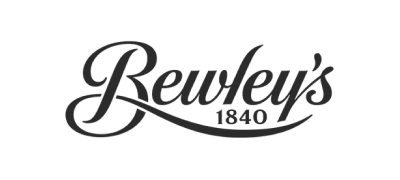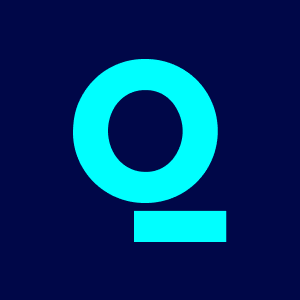Guest Post by Quickfire Digital
As your business grows and your customer base evolves, your segmentation strategies will need to adapt as well. Here are some SaaS tools available to help you streamline the segmentation process and unlock its full potential:
- Customer Data Platforms (CDPs): These platforms act as central hubs, consolidating customer data from various sources like website behaviour, purchase history, and email marketing campaigns. This unified view allows for more precise segmentation and personalisation efforts.
- Marketing Automation Platforms: These platforms go beyond email marketing, offering features like automated workflows, dynamic content creation, and targeted ad campaigns based on segmentation data.
- Analytics and Business Intelligence (BI) Tools: Advanced analytics tools can help you identify trends and patterns within your customer data, providing valuable insights that inform your segmentation strategies.
Investing in these tools can be a game-changer, but technology alone isn't enough. The human touch remains crucial. Here are some additional considerations to ensure your segmentation efforts translate into real results:
- Clearly define your business goals. Are you aiming to increase customer acquisition, boost repeat purchases, or reduce churn? Knowing your goals will guide your segmentation approach and help you measure success.
- Focus on customer value, not just demographics. While demographics provide a starting point, consider psychographic and behavioural factors to create segments that truly resonate with customer needs and motivations.
- Don't get overwhelmed by complexity. Start with a few core segments and expand as you gain experience and confidence.
- Test and iterate. The world of eCommerce is constantly evolving. Regularly test your segmentation strategies and refine them based on data and customer feedback.
By embracing audience segmentation and fostering a customer-centric approach, you can unlock the true potential of your eCommerce business. Segmentation is not just a marketing strategy; it's a cornerstone of building lasting customer relationships and achieving sustainable growth in a very competitive space.
FAQs
How do I get started with audience segmentation?
The first step is to identify the data you have available about your customers. Look at demographics (age, location, income), purchase history, website behaviour (clicks, pages viewed), and any other relevant information you've collected. Then, choose a few key segmentation criteria to focus on initially. Maybe it's starting with demographics and purchase history to create segments like ‘first-time budget-conscious buyers’ or ‘loyal high-spending customers’.
What are some common segmentation mistakes?
- Over-segmentation: Having too many segments can make it difficult to manage and personalise effectively. Aim for a balance - enough segments to capture key differences but not so many that it becomes unwieldy.
- Under-segmentation: Not creating enough segments can lead to generic messaging that resonates with no one. Don't be afraid to refine your segments as you learn more about your customers.
- Focusing solely on demographics: While demographics provide a starting point, consider psychographic and behavioural factors for a more holistic view. Demographics tell you who someone is, but psychographics (interests, values) and behavioural data (website activity, purchase history) tell you why they behave the way they do.
How can I measure the success of my segmentation strategy?
Track key metrics relevant to your goals. Are you aiming to increase website traffic, boost conversion rates, or reduce churn? Here are some examples:
- Website traffic: Monitor unique visitors, page views, and bounce rates for each segment.
- Conversion rates: Track the percentage of visitors who complete a desired action (purchase, sign-up) within each segment.
- Customer lifetime value: Analyse the average revenue a customer generates over their relationship with your brand, segmented by group.
- Churn rate: Track the percentage of customers who stop doing business with you within a specific timeframe, segmented by group.
Analysing how these metrics change after implementing segmentation strategies will tell you if your approach is working.
How often should I revisit my segmentation strategy?
Customer behaviour and preferences can evolve over time. Regularly review your segmentation strategy, especially as you acquire new data and your business grows. Schedule quarterly or biannual check-ins to assess the efficacy of your segments and identify opportunities for improvement.
Is segmentation right for my eCommerce business, regardless of size?
Absolutely! Segmentation can be beneficial for businesses of all sizes. Even with a limited customer base, you can leverage basic segmentation techniques like separating first-time visitors from repeat customers. This allows you to personalise communication and tailor the customer experience to improve engagement and sales.
What are some additional benefits of segmentation beyond Sales and Marketing?
Segmentation can also improve product development by helping you understand customer needs and preferences within specific segments. Imagine creating targeted surveys or focus groups based on segments to gather valuable insights for product development. Additionally, segmentation can enhance customer support by allowing you to provide targeted assistance based on customer profiles. For example, high-value customers might have access to a dedicated support line or receive priority service.
I don't have a large budget for segmentation tools. Are there any free options available?
Several free or ‘freemium’ customer relationship management (CRM) platforms offer basic segmentation functionalities. These can be a good starting point for smaller businesses. Additionally, some email marketing platforms allow for basic segmentation based on demographics and purchase history within their free plans.
How can I learn more about audience segmentation and best practices?
There are many resources available online, including industry blogs, articles, and webinars. Additionally, many SaaS marketing and analytics platforms offer educational content and case studies related to audience segmentation. Consider attending industry events or workshops focused on marketing automation and personalisation. Finally, don't be afraid to experiment and learn from your own experiences. Segmentation is an ongoing process, and the key is to continuously refine your approach based on data and customer feedback.
Explore more
A huge thank you to the Marketing whizzes at Quickfire Digital for this brilliant guest post! We’re proud to work with this Shopify Plus agency to deliver comprehensive, sustainable eCommerce solutions. You can discover more automation and segmentation insights on Quickfire’s website, along with their fantastic events calendar for merchants, agencies, and tech partners alike.





